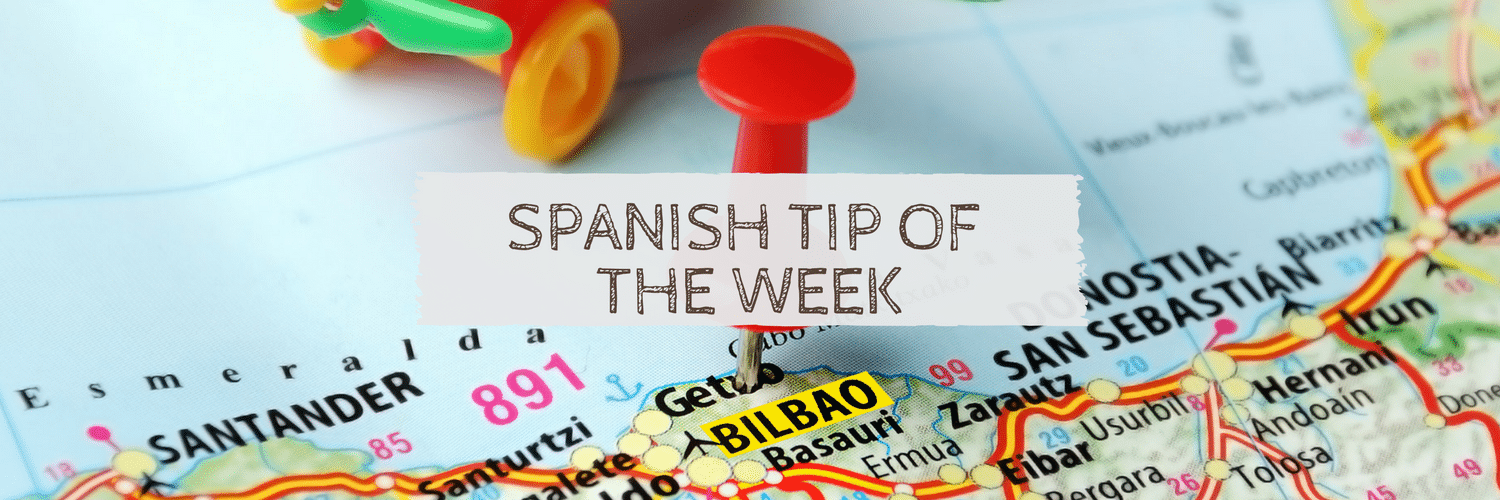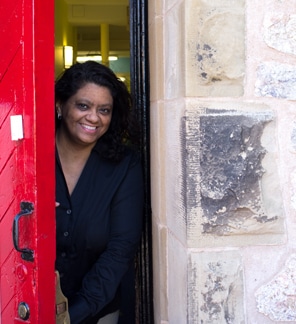To get back on track with our blog, we’re starting up our Spanish Tip of the Week! Every week, we’ll share some information about the Spanish language, some new words, a fun fact or incorporating it into your everyday life!
Today, we’re looking at: MUY VS MUCHO
To talk about quantities and amounts, in Spanish we use muy and mucho – the two are NOT interchangeable! In fact, they are used seperately for very specific uses as we will outline below.
- Yo estoy muy Feliz. – I’m very happy.
- Está muy cerca. – It’s very near.
Muy has only one form regardless of number or gender.
- El niño es muy alto. The child is very tall.
- La mesa es muy baja. The table is very short.
Mucho has four different forms because it must agree in gender and number with the noun.
- singular: mucho (m) – mucha (f) – a lot of, much
- plural: muchos (m) – muchas (f) – a lot of, many
Let’s look at some examples of proper use:
- Tengo mucho trabajo. – I have a lot of work.
- Hay mucha pizza. – There is a lot of pizza.
- Yo estudio mucho. – I study a lot.
- Ella tiene muchas uvas. – She has many grapes.
- Tienes muchos amigos en la escuela. – You have many friends in the school.
- Pine Village tiene muchos niños.- Pine Village has a lot of children.
- Hay muchas casas en esta área. – There are many houses in this area.





